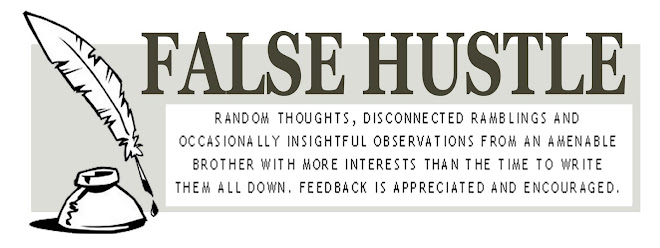 Might be Somalia:
Might be Somalia:Somalia won independence in 1960, but it quickly became a Cold War pawn, prized for its strategic location in the Horn of Africa, where Africa and Asia nearly touch. First it was the Soviets who pumped in weapons, then the United States. A poor, mostly illiterate, mainly nomadic country became a towering ammunition dump primed to explode. The central government was hardly able to hold the place together. Even in the 1980s, Maj. Gen. Mohamed Siad Barre, the capricious dictator who ruled from 1969 to 1991, was derisively referred to as “the mayor of Mogadishu” because so much of the country had already spun out of his control.
When clan warlords finally ousted him in 1991, it wasn’t much of a surprise what happened next. The warlords unleashed all that military-grade weaponry on each other, and every port, airstrip, fishing pier, telephone pole—anything that could turn a profit—was fought over. People were killed for a few pennies. Women were raped with impunity. The chaos gave rise to a new class of parasitic war profiteers gunrunners, drug smugglers, importers of expired (and often sickening) baby formula—people with a vested interest in the chaos continuing.
Somalia became the modern world’s closest approximation of Hobbes’s state of nature, where life was indeed nasty, brutish, and short. To call it even a failed state was generous. The Democratic Republic of the Congo is a failed state. So is Zimbabwe. But those places at least have national armies and national bureaucracies, however corrupt. Since 1991, Somalia has not been a state so much as a lawless, ungoverned space on the map between its neighbors and the sea.
After our most recent interference, when the Bush administration handed guns to the the Ethiopian army, we've now reached a point where Ethiopia and neighboring country Eritrea seemed poised for another chaotic and deadly border war:
If the Shabab, which boasts Eritrean support, took over Somalia, we might indeed see round two of Ethiopia versus Eritrea. The worst-case scenario could mean millions of people displaced across the entire region, crippled food production, and violence-induced breaches in the aid pipeline. In short, a famine in one of the most perennially needy parts of the world—again.
The hardest challenge of all might be simply preventing the worst-case scenario.
.jpg)
2 comments:
Some interesting links below of same subject
http://www.slate.com/id/2178793/
http://www.iht.com/articles/2007/04/08/news/arms.php
http://www.youtube.com/watch?v=7VJka6q16Os
http://tinyurl.com/3u964k
Dave: Much thanks for the links. I've got lots of reading to do, eh?
Somalia is almost endlessly fascinating to me.
Post a Comment